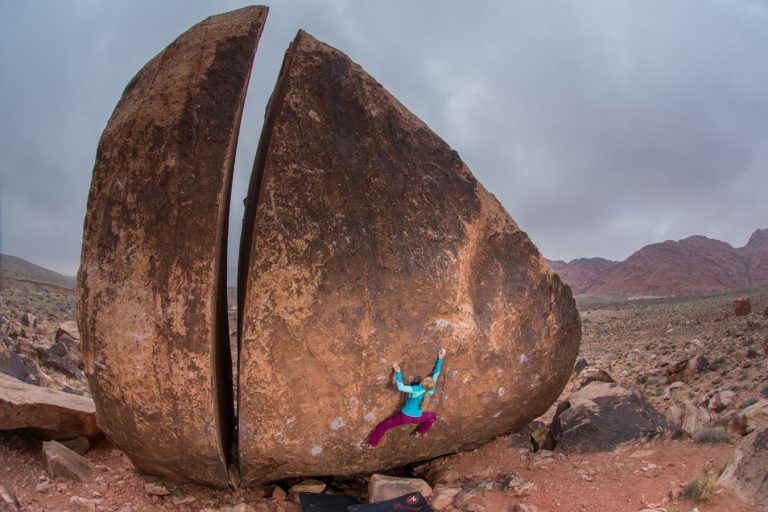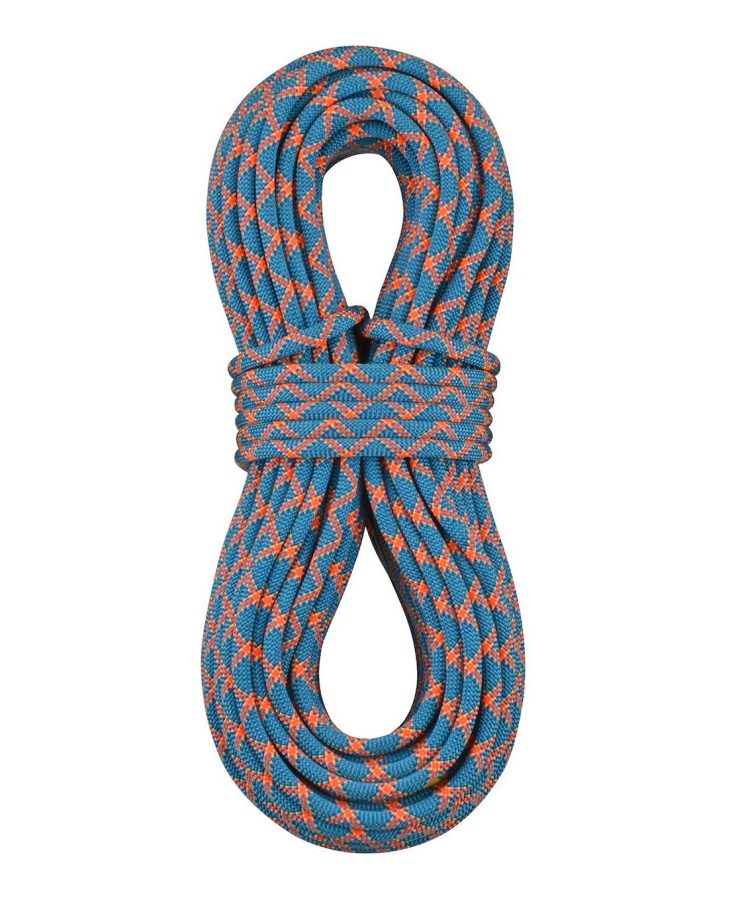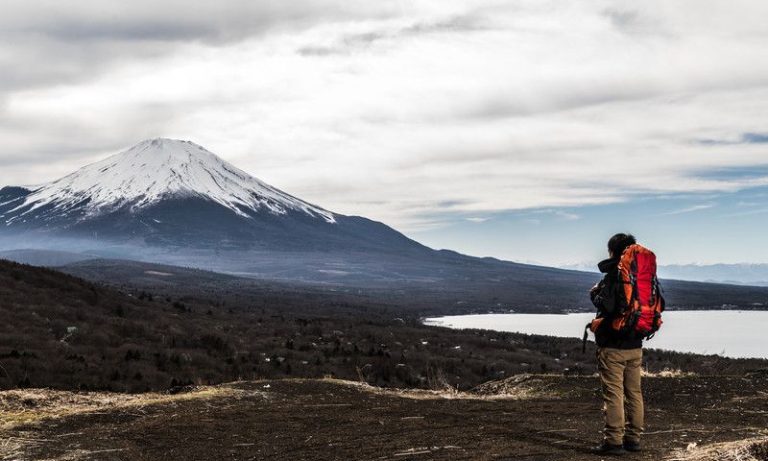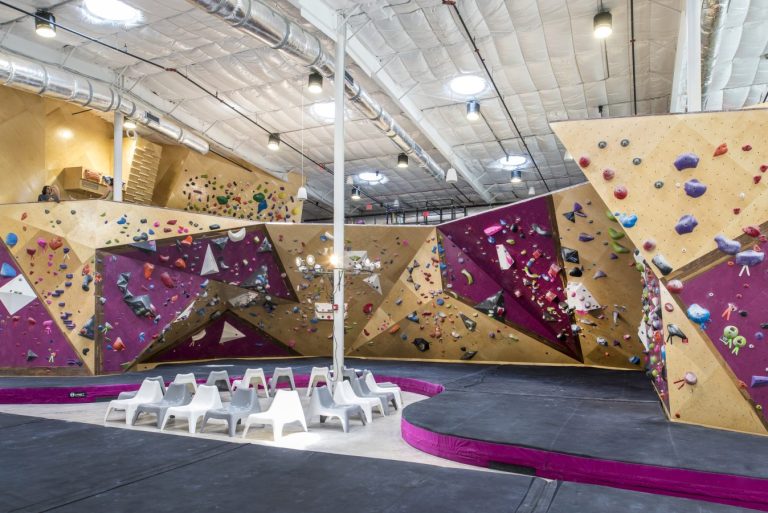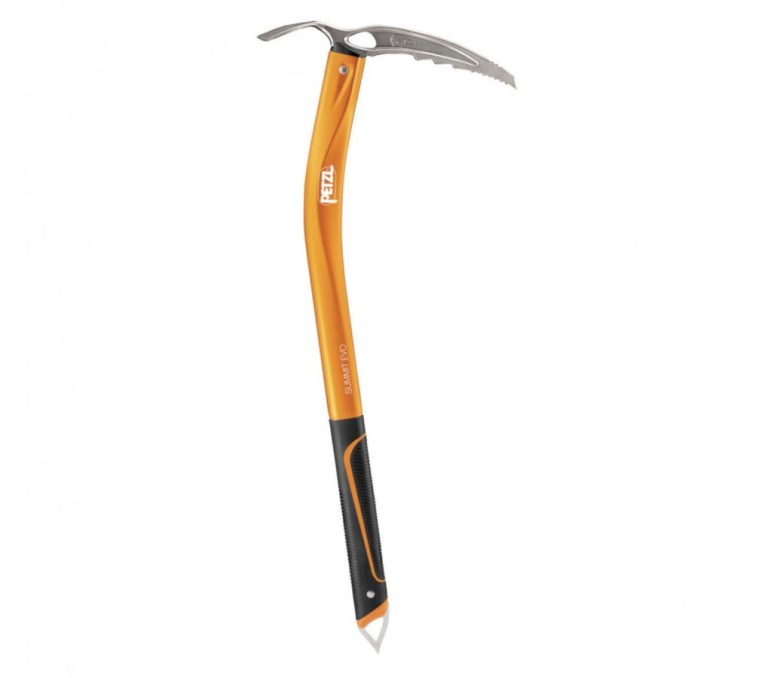Exploring the Alps: A Guide to Alpine Climbing
Are you an adventurer looking for a challenge? Do you want to explore the majestic beauty of the Alps and push your limits to the extreme? Alpine climbing might be just the thing for you. In this guide, we’ll explore the basics of alpine climbing, including the gear you’ll need, the skills you’ll need to develop, and the top destinations to visit in the Alps.
What is Alpine Climbing?
Alpine climbing is a type of mountaineering that involves climbing mountains in the Alpine region, which spans across several countries in Europe. This type of climbing involves a range of skills, including ice climbing, rock climbing, and mixed climbing (a combination of ice and rock climbing). Alpine climbing is a unique challenge because it requires a mix of technical skills, physical fitness, and mental toughness. It’s an incredible experience that rewards climbers with stunning views of the Alps, as well as a sense of accomplishment and adventure.
Skills Required for Alpine Climbing
Before you attempt alpine climbing, you’ll need to develop several key skills. Here are some of the most important skills you’ll need:
Physical Fitness
Alpine climbing is a demanding sport that requires significant physical fitness. You’ll need to be in excellent shape to climb mountains at high altitudes, often in extreme weather conditions.
Technical Climbing Skills
You’ll also need to develop technical climbing skills, including ice climbing, rock climbing, and mixed climbing. These skills will help you navigate the unique challenges of alpine climbing, including steep inclines, icy surfaces, and difficult rock faces.
Navigation Skills
You’ll need to be able to navigate through the mountains safely and efficiently. This includes understanding how to use a map and compass, as well as recognizing the signs of changing weather conditions.
Mountain Safety
Finally, you’ll need to understand the basics of mountain safety, including how to recognize and avoid hazards such as rockfall and avalanches. You’ll also need to be familiar with basic first aid skills and how to perform a rescue if necessary.
Gear Required for Alpine Climbing
To get started with alpine climbing, you’ll need to invest in some specialized gear. Here’s a basic list of the equipment you’ll need:
Mountaineering Boots
Mountaineering boots are designed to provide support and protection for your feet in harsh mountain environments. They are typically made from durable materials and have sturdy soles to help you grip icy or rocky terrain.
Crampons
Crampons are metal spikes that attach to the bottom of your mountaineering boots. They provide extra traction on icy surfaces, helping you climb safely and efficiently.
Ice Axe
An ice axe is a specialized tool that helps you grip the ice as you climb. It can also be used for self-arrest (stopping a fall) and for creating anchors to secure yourself to the mountain.
Harness
A harness is a safety device that attaches to your body and connects you to a rope. It’s used to protect you in case of a fall, and it allows you to climb safely and efficiently.
Rope
A rope is used to connect you to your climbing partner and to anchors on the mountain. It’s an essential safety device that helps protect you in case of a fall.
Helmet
A helmet is essential for protecting your head from falling rocks and other hazards. It’s an essential safety device that should always be worn while climbing.
Top Alpine Climbing Destinations
Now that you know the basics of alpine climbing, it’s time to plan your trip. Here are some of the top alpine climbing destinations to consider:
Mont Blanc, France
Mont Blanc is the highest peak in the Alps, and it’s a popular destination for apline climbing. The climb to the summit is challenging but rewarding, offering stunning views of the surrounding landscape. You’ll need to have strong technical climbing skills and physical fitness to attempt this climb.
Matterhorn, Switzerland
The Matterhorn is one of the most iconic mountains in the world, and it’s a must-visit destination for alpine climbers. This peak offers a range of climbing routes, from easier climbs to more challenging technical routes.
Eiger, Switzerland
The Eiger is another iconic peak in the Alps, known for its challenging climbing routes and steep inclines. This climb requires significant technical skills and experience, but it’s an incredible achievement for those who are up to the challenge.
Dolomites, Italy
The Dolomites are a range of mountains located in northern Italy, and they offer some of the best alpine climbing in the world. With a range of routes to choose from, climbers of all levels can find a challenge in the Dolomites.
Tips for a Successful Alpine Climbing Trip
If you’re planning an alpine climbing trip, there are a few things you can do to increase your chances of success:
Hire a Guide
If you’re new to alpine climbing or if you’re planning to climb a particularly challenging peak, it’s a good idea to hire a guide. A guide can help you navigate the mountain safely and can provide valuable coaching and instruction.
Train in Advance
To prepare for an alpine climbing trip, you’ll need to train in advance. This means developing your physical fitness, as well as practicing your technical climbing skills.
Plan for the Weather
The weather in the Alps can be unpredictable, so it’s important to plan for changing conditions. Bring appropriate gear for cold and wet weather, and be prepared to adjust your plans if necessary.
Respect the Mountain
Finally, it’s important to remember that the mountains can be dangerous, and it’s essential to respect them. Always follow best practices for mountain safety, and be prepared to turn back if conditions become too challenging.
Conclusion
Alpine climbing is a challenging and rewarding sport that offers adventurers the opportunity to explore some of the most beautiful mountains in the world. By developing your technical climbing skills, physical fitness, and navigation abilities, you can enjoy the experience of alpine climbing while staying safe and prepared for any challenges that come your way.
FAQs
- Is alpine climbing dangerous?
Alpine climbing can be dangerous, but with proper training and preparation, you can minimize the risks.
- Do I need to be an experienced climber to try alpine climbing?
While it’s helpful to have some climbing experience, it’s possible to start alpine climbing as a beginner with the help of a guide.
- What is the best time of year to go alpine climbing?
The best time of year for alpine climbing depends on the peak and the weather conditions. Generally, the summer months offer the most stable weather conditions.
- How long does it take to climb a peak in the Alps?
The time it takes to climb a peak in the Alps depends on the peak and the climbing route. Some climbs can take several days, while others can be completed in a single day.
- What should I do if I encounter a hazard while climbing?
If you encounter a hazard while climbing, the best course of action is to stop and assess the situation. If necessary, use your skills and gear to stay safe and call for help if needed.

